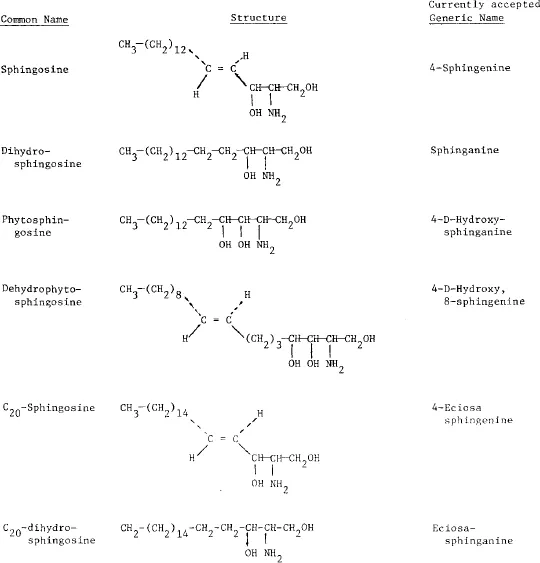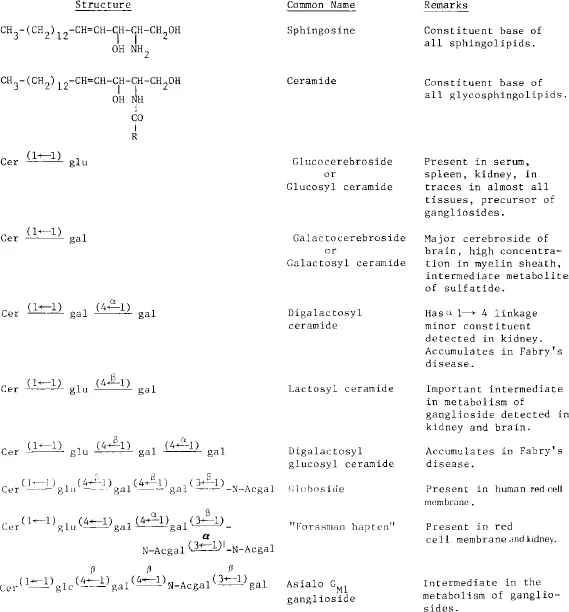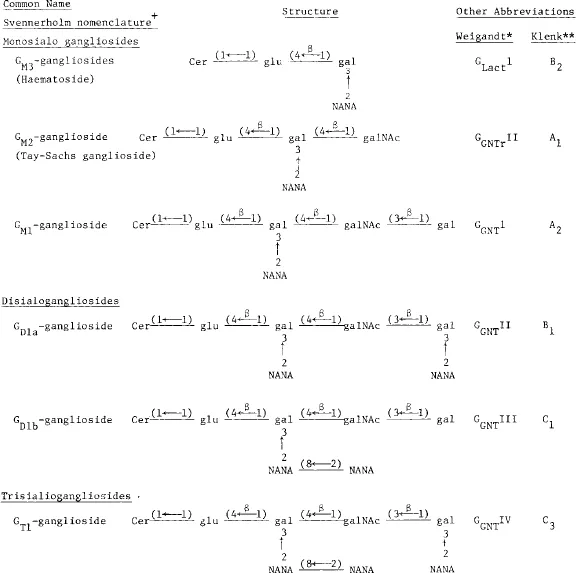
- 634 pages
- English
- ePUB (mobile friendly)
- Available on iOS & Android
Biochemistry of Brain
About This Book
Biochemistry of Brain is a collection of articles dealing with the developments in the biochemistry of the brain. This book gives a comprehensive and critical discussion of important developments in studies concerning the above subject. This text discusses the structure, function, and metabolism of glycosphingolipids, which are related to the study of sphingolipid storage diseases. Inborn defects of metabolism are found in Gaucher's and Fabry's disease, which are characterized by lipid accumulation in the brain. Another paper reviews the chemical and genetics of critically lysosomal hydrolase deficiencies that can cause the storage of sphingolipids. This book then explains the role of myelin basic protein in lipids in vivo that the weak bonding of the protein is not a major component of myelin stability. Another paper discusses the procedures for isolating subfractions of myelin and myelin-related membranes, with some attention given on the alterations in the subfractionation of myelin in pathological hypomyelinating and demyelinating conditions. Another article discusses the biochemical and enzymatic composition of lysosomes and the biosynthesis, intracellular transport, storage, and the degradation of lysosomal constituents. This collection of papers will benefit scientists doing research in microbiology, microchemistry, molecular genetics, and neurochemistry.
Frequently asked questions
Information
STRUCTURE, FUNCTION AND METABOLISM OF GLYCOSPHINGOLIPIDS
Publisher Summary
INTRODUCTION
STRUCTURE AND NOMENCLATURE OF SPHINGOSINE AND RELATED BASES

CLASSIFICATION OF SPHINGOLIPIDS
CHEMICAL STRUCTURES AND OCCURRENCE


Table of contents
- Cover image
- Title page
- Table of Contents
- Copyright
- PREFACE
- Chapter 1: STRUCTURE, FUNCTION AND METABOLISM OF GLYCOSPHINGOLIPIDS
- Chapter 2: METABOLIC DISORDERS IN SPHINGOLIPIDOSES
- Chapter 3: MYELIN BASIC PROTEIN: WHAT DOES IT DO?
- Chapter 4: THE BIOCHEMICAL AND MORPHOLOGICAL HETEROGENEITY OF MYELIN AND MYELIN-RELATED MEMBRANES
- Chapter 5: FOLATE METABOLISM IN BRAIN
- Chapter 6: VITAMIN B12 AND THE NERVOUS SYSTEM
- Chapter 7: BRAIN BIOGENIC AMINES IN MENTAL DYSFUNCTIONS ATTRIBUTABLE TO THYROID HORMONE ABNORMALITIES
- Chapter 8: BRAIN SPECIFIC PROTEINS
- Chapter 9: BRAIN NUCLEIC ACIDS
- Chapter 10: FREE NUCLEOTIDES AND NUCLEIC ACIDS DURING BRAIN DEVELOPMENT
- Chapter 11: TRANSFER RNA’s IN BRAIN
- Chapter 12: MOLECULAR BIOLOGICAL ASPECTS OF DEGENERATION OF THE NERVOUS SYSTEM CAUSED BY AGING AND SENSORY DEPRIVATION
- Chapter 13: NUTRITION AND AMINO ACID IMBALANCE AS FACTORS INFLUENCING BRAIN DEVELOPMENT
- Chapter 14: BRAIN AMINO ACIDS
- Chapter 15: MOLECULAR NEUROBIOLOGY OF MEMORY
- Chapter 16: NEURAL TISSUE CULTURE: A BIOCHEMICAL TOOL
- Chapter 17: NEUROTOXIC EFFECTS OF HEAVY METALS AND METALLOIDS
- Chapter 18: AMINOTRANSFERASES AND THE DEVELOPING BRAIN
- Chapter 19: ROLE OF CYCLIC AMP IN DEVELOPING BRAIN
- Chapter 20: PROTEIN PHOSPHORYLATION—INVOLVEMENT IN BRAIN FUNCTION
- Chapter 21: NERVE GROWTH FACTOR
- Chapter 22: BRAIN LYSOSOMES AND LYSOSOMAL ENZYMES
- Chapter 23: SPECIFICITY OF CNS MYELIN PROTEOLIPID PROTEIN AND BASIC PROTEIN: Preparation of antibodies specific to myelin proteolipid protein and basic protein and the immunohistochemical localization of these antigens exclusively to myelin and oligodendrocytes
- INDEX